The realm of rental property management in Ontario is fraught with various challenges, among which pest control stands as a critical concern. In recent years, the City of Ottawa has taken definitive steps to address this issue through the enactment of an integrated pest management by-law, setting a precedent for other municipalities in the province. This by-law, more than a regulatory framework, symbolizes a commitment to maintaining healthy living conditions in rental properties, a goal shared by landlords, property managers, and tenants alike.
At the heart of this by-law is the concept of integrated pest management (IPM), a strategy that emphasizes not just the eradication of pests but also focuses on preventive measures, tenant education, and a collaborative approach to maintaining pest-free environments. The by-law outlines specific responsibilities for both landlords and tenants, ensuring that pest control is a shared responsibility, thereby enhancing the effectiveness of these measures.
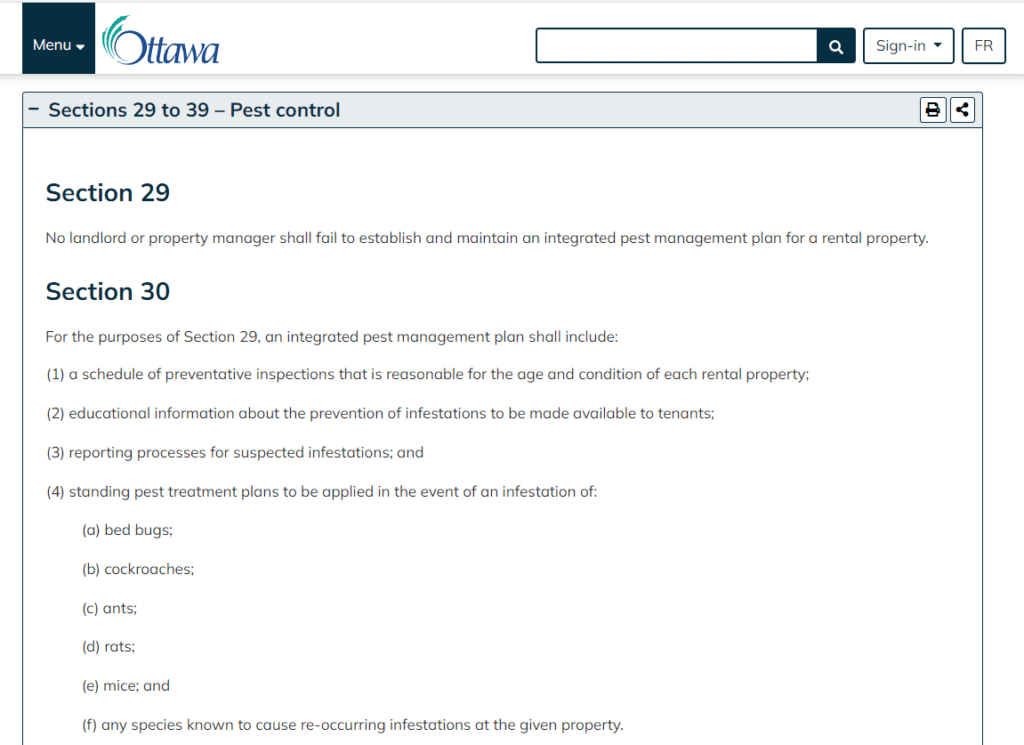
For landlords and property managers, the by-law stipulates the necessity of establishing a comprehensive pest management plan. This plan is not a mere formality; it is a blueprint that guides actions and decisions related to pest control in rental properties. The plan must include a schedule for regular inspections, tailored to the age and condition of each property, thus acknowledging that each building presents unique challenges and requires a customized approach.
Tenant education forms another cornerstone of this legislative piece. Landlords are mandated to provide tenants with information on preventing infestations, highlighting the role of awareness and proactive measures in pest control. This educational aspect empowers tenants, equipping them with the knowledge needed to recognize and mitigate potential infestation risks.
The by-law also lays down procedures for reporting and addressing suspected infestations. Clear communication channels and prompt action are vital in preventing small issues from escalating into full-blown infestations. Standing pest treatment plans for common pests like bed bugs, cockroaches, ants, rats, and mice ensure that both landlords and tenants are prepared to act swiftly and effectively when faced with these unwelcome intruders.
For tenants, the by-law is a reassurance of their right to a healthy living environment. It mandates that landlords provide a copy of the pest treatment plan before any treatment within their unit, ensuring transparency and informed consent. Tenants also bear responsibilities, such as reporting infestations and not contributing to conditions that attract pests.
Ottawa’s integrated pest management by-law is a comprehensive approach to tackling the challenge of pest control in rental properties. It stands as a testament to the city’s commitment to public health and serves as a model for other municipalities. As we delve deeper into the specifics of this by-law, it becomes clear that effective pest control is a collaborative effort, requiring the commitment and cooperation of all parties involved in the rental housing sector.
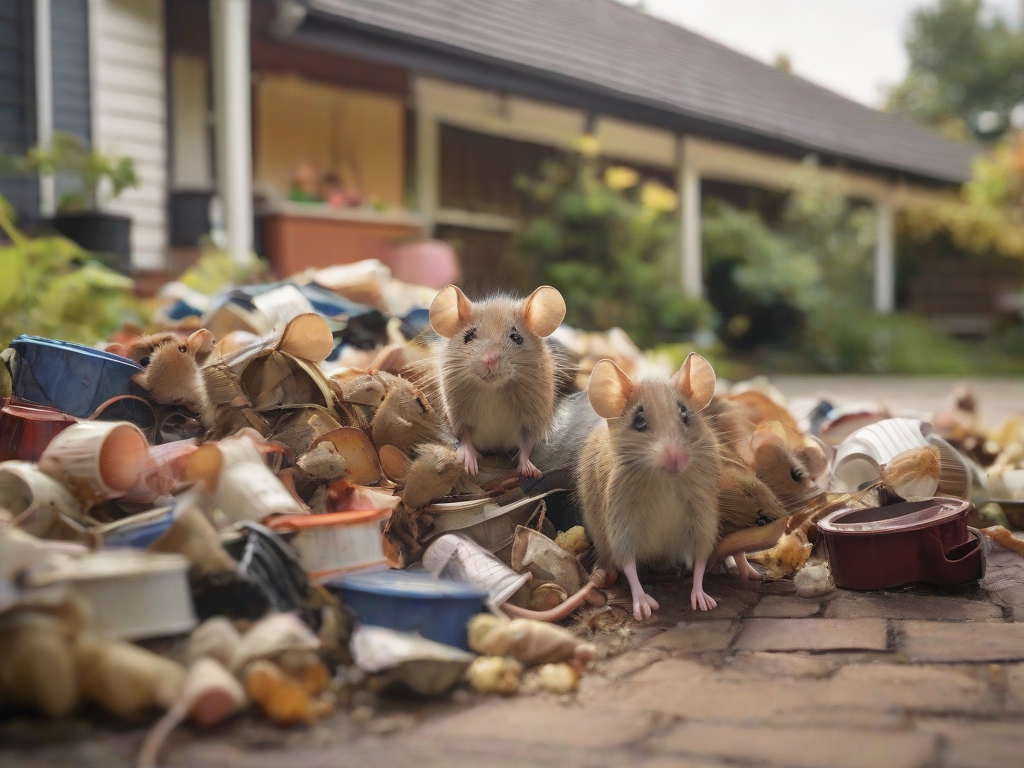
Responsibilities of Landlords and Property Managers
Under Ottawa’s integrated pest management by-law, landlords and property managers in Ontario bear a significant portion of responsibility for pest control in rental properties. This section of the by-law is not just about imposing duties; it’s about ensuring the health and safety of tenants through proactive and responsive pest management practices.
Establishing an Integrated Pest Management Plan
The cornerstone of a landlord’s responsibility is to establish and maintain an integrated pest management (IPM) plan. This plan is not a one-size-fits-all solution; it must be tailored to the specific needs of each property, taking into account factors like the building’s age and condition. A well-thought-out IPM plan includes:
- Regular and Preventative Inspections: Regular inspections are crucial for early detection of potential infestations. The frequency and nature of these inspections should reflect the property’s vulnerability to pests, ensuring that problems are identified and addressed promptly.
- Tenant Education: Educating tenants about preventing infestations is a key aspect of the IPM plan. This involves providing information on how to avoid attracting pests and what steps to take if they suspect an infestation. Effective tenant education can significantly reduce the risk of pest problems.
- Reporting Processes: The plan must outline clear processes for tenants to report suspected infestations. Prompt reporting allows for quicker responses, which is crucial in preventing the spread of pests.
- Treatment Plans: In case of an infestation, having a standing treatment plan for common pests like bed bugs, cockroaches, ants, rats, and mice is mandatory. This ensures that effective and timely action is taken to eradicate pests.
Compliance with Treatment Protocols
Landlords and property managers must also comply with specific treatment protocols. They are required to provide tenants with a copy of the pest treatment plan before commencing treatment within their unit. This ensures that tenants are informed about the methods and chemicals used, as well as any necessary precautions they should take.
Moreover, in situations where pest treatment is carried out in common areas of the building, landlords must post a notice of the treatment plan in a conspicuous location, like the lobby. This is vital for ensuring that all residents are aware of ongoing pest control measures.
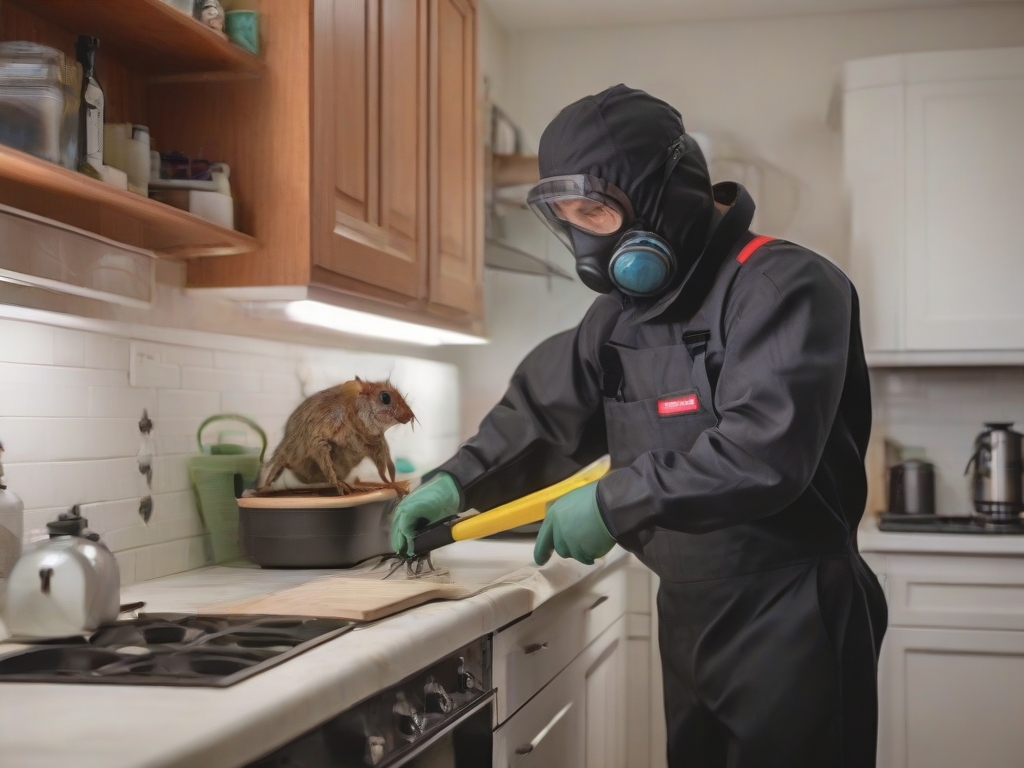
Re-Inspection After Treatment
After a pest treatment is completed, the by-law mandates a re-inspection of the treated area between 15 and 30 days after treatment. This follow-up is crucial to ensure that the infestation has been successfully eradicated and to prevent a recurrence.
In summary, the responsibilities of landlords and property managers under Ottawa’s by-law are comprehensive. They cover every aspect of pest management, from prevention and education to treatment and follow-up. Adherence to these responsibilities not only ensures compliance with the law but also promotes a healthy and safe living environment for tenants.
Tenant Obligations and Rights
The integrated pest management by-law in Ottawa not only delineates the responsibilities of landlords and property managers but also underscores the critical role of tenants in maintaining pest-free rental properties. This balanced approach ensures that pest control is a collaborative effort, with both parties playing pivotal roles.
Reporting Responsibilities
One of the key obligations for tenants under the by-law is the responsibility to report any signs of infestation or conditions that might lead to one. This proactive reporting is crucial in enabling early intervention, thereby preventing the spread of pests. Tenants are required to submit a service request to report any suspected infestation, ensuring that landlords are promptly informed and can take necessary action.
Preventing Pest-Friendly Conditions
Tenants also have a duty to maintain their living spaces in a way that does not attract or harbor pests. This includes basic hygiene practices, proper garbage disposal, and avoiding conditions that are conducive to pest infestations. By taking these preventive measures, tenants contribute significantly to the overall pest management strategy of the property.
Compliance with Treatment Plans
When a pest infestation occurs, tenants are required to comply with the pest treatment plan provided by their landlord. This may include allowing access to their unit for inspections and treatments, following specific instructions related to the treatment, and taking measures to avoid re-infestation. Compliance is key to the effectiveness of the pest control measures undertaken.
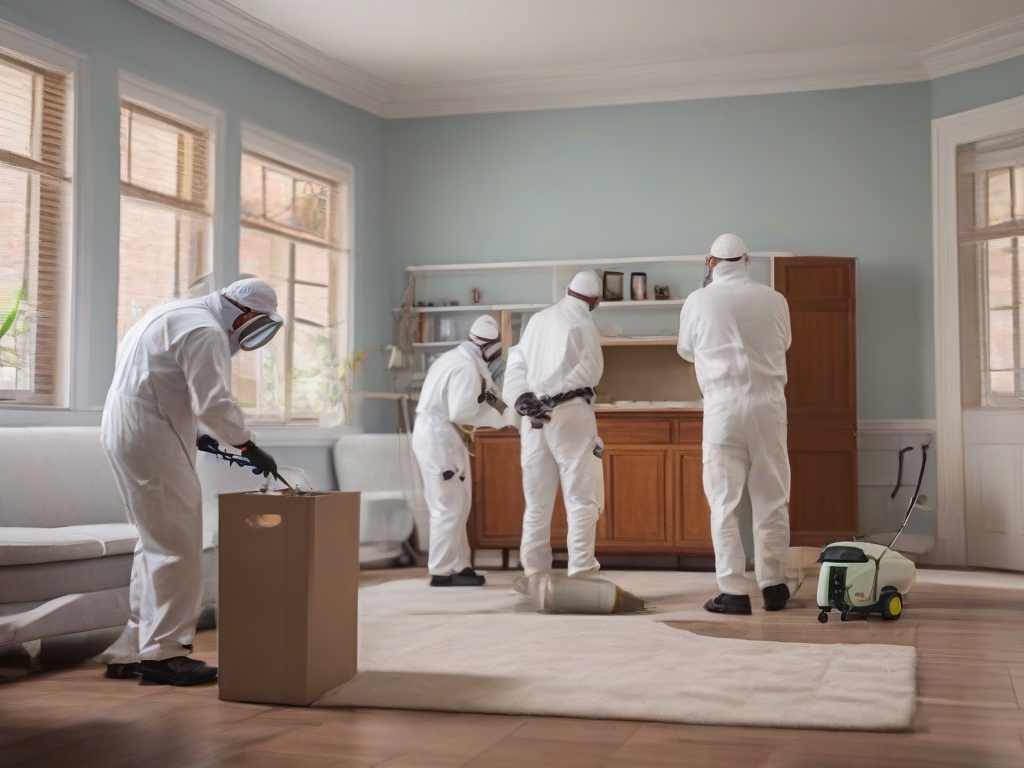
Tenant Rights
While the by-law places certain obligations on tenants, it also safeguards their rights. Tenants have the right to be informed about pest control measures being undertaken in their units and the building. Before any treatment is carried out in a tenant’s unit, the landlord must provide a copy of the pest treatment plan, ensuring transparency and informed decision-making. Additionally, tenants have the right to a healthy and safe living environment, which the by-law aims to guarantee through its comprehensive pest control provisions.
Ensuring Accountability
The by-law ensures accountability on the part of tenants. Tenants are prohibited from creating conditions that attract or harbor pests and are required to treat any infestations of fleas, lice, or ticks on animals under their care. This responsibility extends to adhering to the pest treatment plans provided by landlords, thereby playing an active role in the property’s pest management efforts.
In summary, the integrated pest management by-law in Ottawa establishes a cooperative framework where both tenants and landlords share responsibilities in pest control. This approach not only ensures effective pest management but also upholds the rights of tenants, fostering a collaborative and responsible rental community.
Preventative Measures and Inspection Schedules
Preventative measures and regular inspections are the backbone of effective pest control in rental properties. Under Ottawa’s integrated pest management by-law, these aspects are given significant importance, emphasizing the need for proactive rather than reactive pest management strategies.
The Importance of Preventative Measures
Preventative measures are essential in reducing the likelihood of pest infestations. These measures include regular maintenance and cleanliness of the property, sealing cracks and crevices to prevent entry points for pests, and proper waste management. Landlords and property managers are encouraged to educate tenants on best practices for preventing pests, such as proper food storage and disposal, reducing clutter, and maintaining general hygiene. These practices not only help in preventing infestations but also contribute to a healthier living environment.
Tailoring Inspection Schedules

The by-law necessitates that landlords establish a schedule for preventative inspections. This schedule should be reasonable and based on the specific characteristics of each rental property, such as its age, condition, and history of pest problems. Regular inspections allow for the early detection of potential issues, facilitating prompt and effective intervention. Inspections should be thorough, covering all potential hotspots for pests, and should be conducted by qualified professionals when necessary.
Collaborative Effort in Inspections
While landlords are responsible for scheduling and conducting inspections, tenants also play a vital role. They should cooperate by providing access to their units and by actively participating in the inspection process when needed. Tenants can assist by reporting any signs of pests or vulnerabilities they notice in their units.
Documentation and Follow-up
Proper documentation of each inspection and any actions taken is crucial for maintaining a record of pest management efforts. This not only helps in tracking the effectiveness of the measures implemented but also ensures compliance with the by-law. Follow-up inspections after treatment are equally important to confirm that infestations have been successfully eradicated and to prevent recurrences.
Preventative measures and regular inspection schedules are key elements in the fight against pest infestations in rental properties. By implementing these strategies, landlords and tenants can work together to maintain pest-free environments, ultimately ensuring the health and safety of all residents.
Dealing with Infestations: Procedures and Compliance
Despite the best preventive measures, pest infestations can still occur in rental properties. The City of Ottawa’s integrated pest management by-law provides clear guidelines for dealing with such situations, ensuring that infestations are handled effectively and in compliance with legal requirements.
Initial Response to Infestations
The initial response to a suspected infestation is crucial. Upon receiving a report from tenants, landlords must act promptly. The by-law mandates that an investigation be conducted to confirm the presence of pests. This should be done by qualified professionals who can accurately identify the pest and assess the extent of the infestation.
Implementation of Treatment Plans
Once an infestation is confirmed, landlords must implement the pest treatment plan as outlined in their integrated pest management strategy. This plan should detail the specific methods and treatments to be used for different types of pests. It’s important that these treatments are carried out by licensed pest control professionals to ensure effectiveness and compliance with health and safety standards.

Tenant Cooperation
Tenant cooperation is essential during the treatment process. This includes allowing access to their units for treatment, following instructions provided by the pest control professionals, and taking steps to avoid re-infestation, such as cleaning and decluttering their space.
Notification and Documentation
Landlords are required to notify tenants of the treatment plan before commencing any pest control measures in their units. In addition, landlords must document all steps taken in response to the infestation, from the initial report to the conclusion of treatment. This documentation is vital for ensuring accountability and may be required for legal or regulatory purposes.
Ensuring Effective Eradication and Compliance
After the treatment, a follow-up inspection is necessary to ensure the infestation has been effectively eradicated. The by-law stipulates that this re-inspection occur between 15 and 30 days post-treatment. If pests are still present, further treatment may be necessary. Compliance with these procedures is not just about adhering to the law; it’s about ensuring the health and well-being of all tenants.
Dealing with infestations in a timely and effective manner is a key aspect of pest management in rental properties. By following the procedures outlined in Ottawa’s integrated pest management by-law, landlords and tenants can ensure that their properties remain safe and healthy living environments.
The City of Ottawa’s integrated pest management by-law serves as a comprehensive framework for addressing pest control in rental properties throughout Ontario. This by-law not only delineates clear responsibilities and procedures for both landlords and tenants but also underscores the importance of a proactive and collaborative approach to pest management. By establishing specific guidelines for preventive measures, regular inspections, and the handling of infestations, it ensures that rental properties are maintained as healthy and safe environments.
For landlords and property managers, adherence to this by-law is not just a legal obligation; it’s an integral part of their responsibility to provide habitable living conditions. Through the establishment of an integrated pest management plan and compliance with its protocols, they can effectively safeguard their properties against pest-related issues.
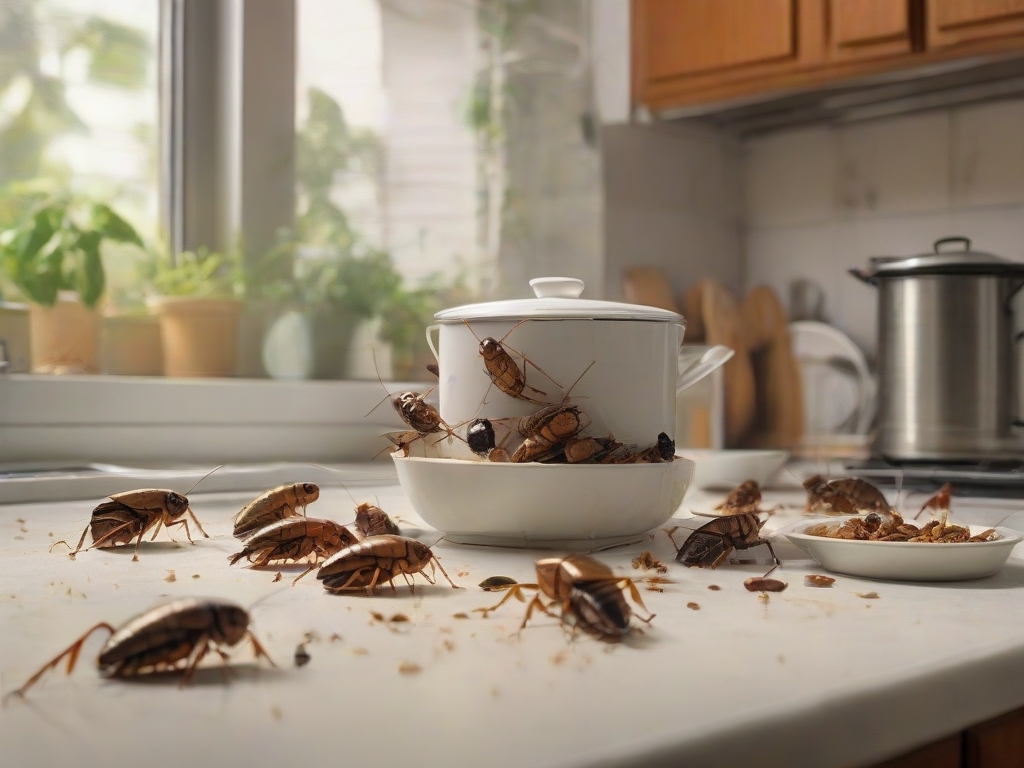
Tenants, on the other hand, play a crucial role in this ecosystem. By being vigilant, reporting potential issues promptly, and cooperating with pest management efforts, they contribute significantly to maintaining pest-free living spaces. Moreover, the by-law protects their rights to be informed and involved in pest control measures affecting their homes.
In summary, effective pest control in rental properties requires the concerted efforts of both landlords and tenants, guided by clear, enforceable regulations like Ottawa’s integrated pest management by-law. This collaborative approach not only enhances the quality of living in rental properties but also contributes to the overall public health and well-being of the community.
As Ontario continues to grow and evolve, the principles and practices outlined in this by-law offer valuable insights and strategies that can be adopted by other municipalities, ensuring that effective pest control remains a priority in rental housing across the province.
